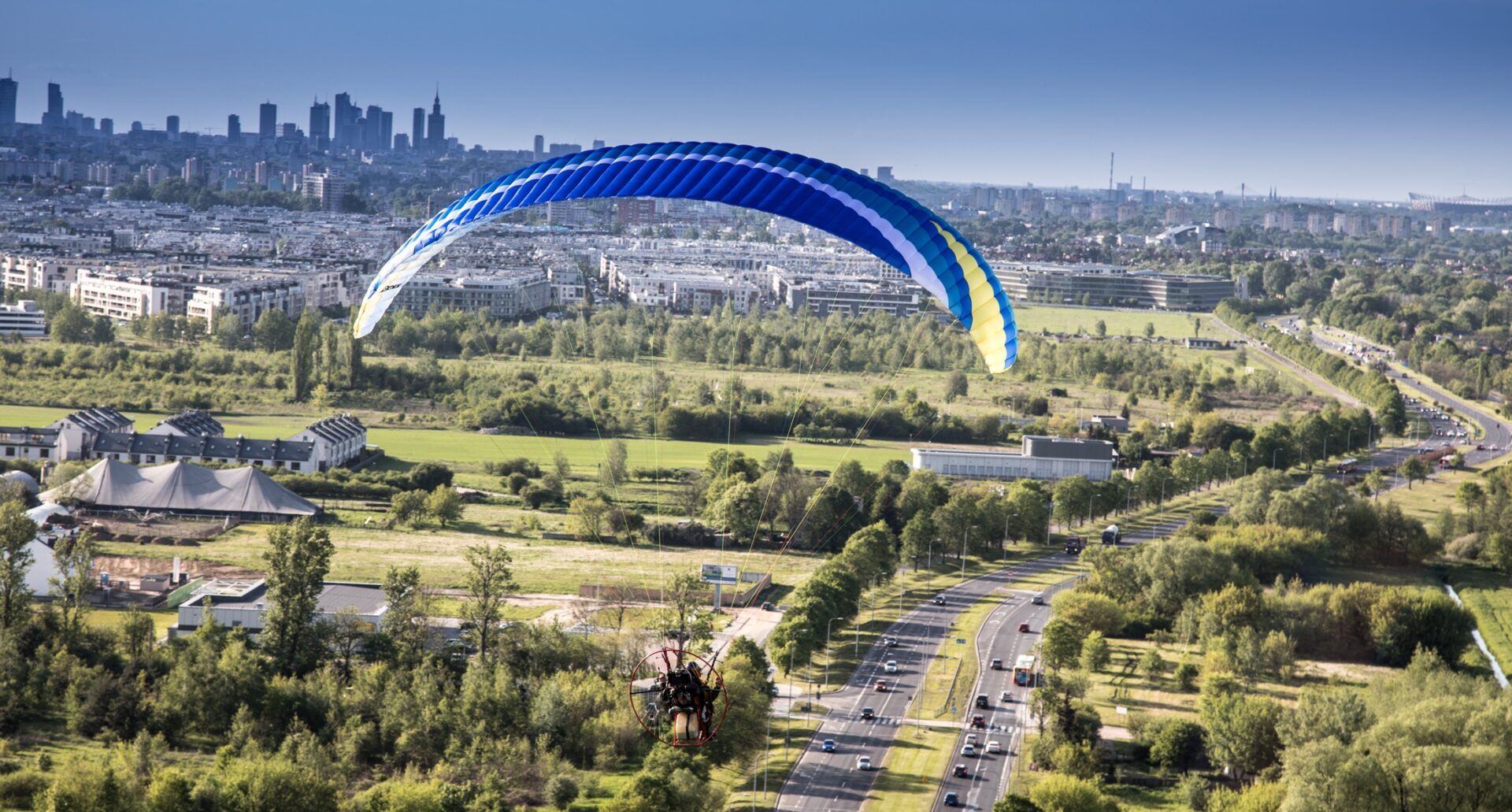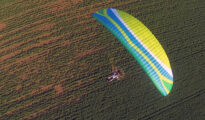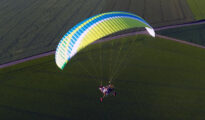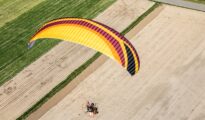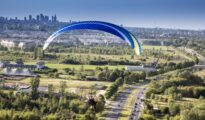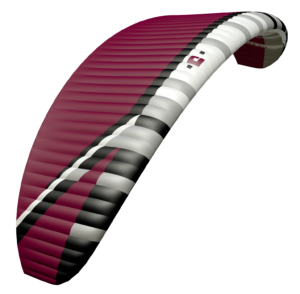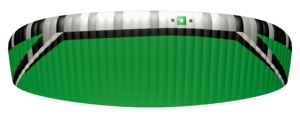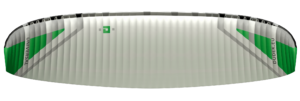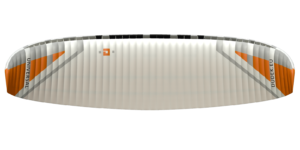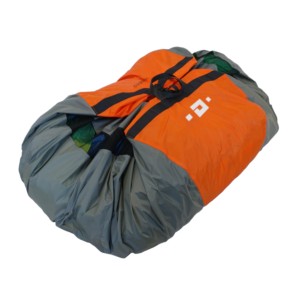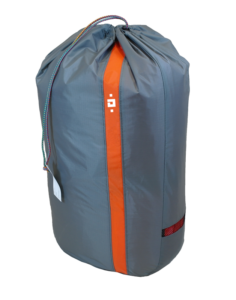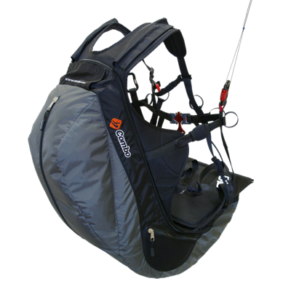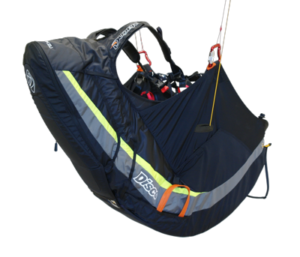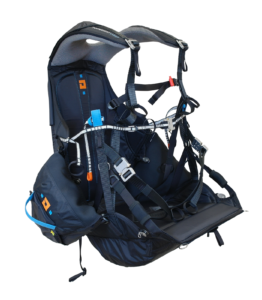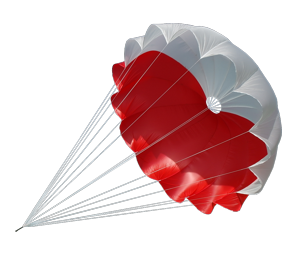Universal 1.1
Universal 1.1
Universal is the first free flying (EN B) paraglider ever which can be converted by its user into a full-blood paramotor canopy (conforming to the DGAC standard).
Universal is a great free-flying recreational paraglide. Beginning pilots will surely appreciate exceptional comfort in uneasy thermals, resulting from considerable amount of reflex traits present in the design.
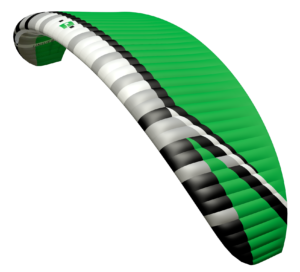
Design and purpose
Universal is the first free flying (EN B) paraglider ever, which can be converted by its user into a full-blood paramotor canopy (conforming to the DGAC standard).
After activating the trimmers and installing the ALC + Universal 1.1 becomes a fully reflex wing with good economy, on which you can fly for recreational and cross-country flights, use thermals, and learn to fly with the engine.
Universal 1.1 is a refreshed version of its predecessor, with improved risers and a redesigned color scheme in the Four Elements palette. We replaced Dominico fabric with Porcher and changed the colors of the lines (according to PMA standards). We have modernized risers’ tooling, simplifying their structure, making them more transparent and more convenient to use. The basic parameters of the wing have not changed.
 See movie
See movie
TARGET GROUP:
Universal is dedicated for beginner and recreational pilots who fly:
- exclusively free (but want to benefit from moderate reflex ability)
- mostly free, sometimes with paramotor
- both free and paramotor
- mostly with paramotor, sometimes free
- exclusively paramotor (but appreciate better economy, easier launch and nicer handling than in standard paramotor wing, like Synthesis2)
Important for instructors
Universal is perfect for initial PPG training.
PARAMOTOR-SET
Universal comes with factory-installed trimmers, but they are disabled (!), e.g secured with plastic buckle and hidden in a neoprene sock. Along with developing pilot skills, or by the judgement of instructors trimmers can be activated (half, of full), and TST toggles can be installed (kit included in the bag).
Certification
Both the EN and LTF certificates are valid only when the trimmers are closed AND the trimmer straps are locked with the locking clip shifted towards the trimmer buckle. The risers then remain fixed at their standard lengths and trimmer adjustment in flight is not possible.
When the trimmer straps become unlocked, making the trimmer adjustments possible, the canopy has an ULM (DGAC) flight attest in all available sizes.
Speed system
Size 34 is not equipped with a speed system, because this size is intended for flying on trikes.
FAQ
The appearance of the Universal caused a lot of interest from clients. A lot of questions followed, so here you have answers for the most frequent ones:
Q: In what configuration is the Universal delivered (PG or PPG)?
A: The canopy is manufactured basically as free-flying (PG) wing, so this is its original configuration. However, it can be easily transformed into full-blood reflex paraglider by conscious releasing the trimmers and installing a ‘paramotor-set’, comprising the ALC+ lines and TST toggles.
It can be done on the ground only – unintentional releasing the trimmers in flight is not possible.
Q: Is there a ‘moto’ set available for the Universal?
A: Each Universal has a ‘paramotor-set’ attached (ALC+ lines and TST toggles). This is not the same, as ‘moto version’ of the Plus or Nemo2. Those paragliders have to be ordered in ‘moto’ version (with different risers and rigging), while the Universal is a canopy which can be altered to a paramotor state by the owner (as well as it can be reversed back to free flying version unassisted).
Q: Is the Universal an ‘all in one’ canopy, for any art of flying, like many other paragliders present on the market?
A: No. Universal 1.1 is EITHER a classic profile canopy for recreational free flying (in the factory, basic configuration), OR a full-blood training/recreational reflex canopy (after releasing the trimmers and installing ALC+ steering). As a PG paraglider it can be deemed something between the Plus and the Optic. As a PPG paraglider it will behave similarly to Synthesis2 (of course similar is not identical).
Q: What is included in the Universal on delivery – a MotoBag, or biggerbackpack for PG wings, which will house the harness too?
A: Since the basic configuration of the Universal is the free-flying version, the default package comprises:
- DuraLight backpack
- FastBag (quick bag)
- other accesories (transport bag with compression strap, Easy Catch speedbar (not available in 34 size), pouch with documents and repair kit, wind direction indicator, small gadgets).
Construction solutions
Technologies, concepts
Risers functionality
Used solutions
Parameters
Weight ranges
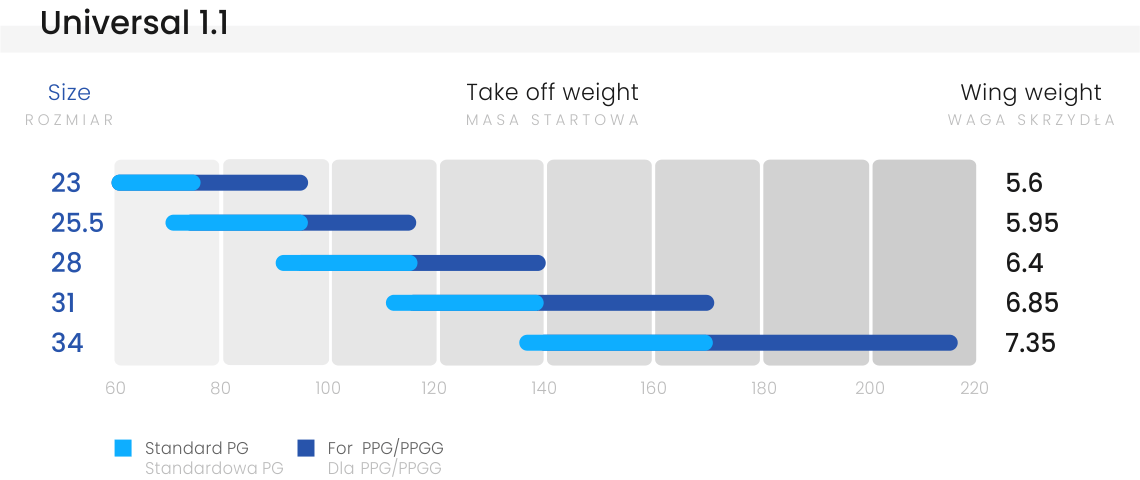
TECHNICAL DATA
| Size | 23 | 25.5 | 28 | 31 | 34 |
| Certification | EN/LTF B | EN/LTF B | EN/LTF B | EN/LTF B | – |
| Approval – ULM identification | yes | yes | yes | yes | yes |
| Cell number | 50 | 50 | 50 | 50 | 50 |
| Surface area flat [m2] | 23.00 | 25.50 | 28.00 | 31.00 | 34.00 |
| Surface area projected [m2] | 19.83 | 21.98 | 24.14 | 26.72 | 29.31 |
| Wingspan flat [m] | 10.83 | 11.40 | 11.95 | 12.57 | 13.17 |
| Wingspan projected [m] | 8.71 | 9.17 | 9.61 | 10.11 | 10.59 |
| Aspect ratio flat | 5,10 | ||||
| Aspect ratio projected | 3,83 | ||||
| Sink [m/s] | min = 1,1 | ||||
| Speed* [km/h] | min = 23; trim = 37-52; max = 57 (+/- 3 km/h)* | ||||
| Longest chord [mm] | 2612 | 2751 | 2882 | 3033 | 3176 |
| Shortest chord [mm] | 601 | 633 | 663 | 698 | 731 |
| Lines+risers length [m] | 6.82 | 7.18 | 7.53 | 7.92 | 8.29 |
| Total lines length [m] | 344.01 | 362.82 | 380.74 | 401.20 | 420.70 |
| Weight range PPG/PPGG*** [kg] | 60-95 | 70-115 | 90-140 | 110-170 | 135-215 |
| Weight range PG** [kg] | 60-75 | 70-95 | 90-115 | 110-140 | (135-170) |
| Weight of the wing [kg] | 5.6 | 5.95 | 6.4 | 6.85 | 7.35 |
| Distance betwen risers [cm] | 42 | 46 | 46 | 46 | 45-60 |
| Lines | Technora 90 & 140 & 190 & 280 & 340 & 420 | ||||
| Cloth | Porcher Classic 38 g/m2 Dominico 34 g/m2, Porcher Hard 40 g/m2, SR Scrim, SR Laminate 180 g/m2 |
||||
| Risers | Pasamon – Bydgoszcz, Polska | ||||
* Speeds are given as estimated for the middle wing size and the middle of its weight range. These speeds can vary within +/- 3 km / h depending on the size, take-off weight and additional factors such as air pressure and temperature.
** The basic rule is to choose the size of the wing so that the take-off weight is in the middle of the weight range. Less weight on the wing (lower range take-off weight) can be considered for foot take-off, when flying in calmer conditions, or when we want to improve economy. More experienced pilots who want to fly dynamically, have higher speed and fly in more demanding wind conditions can consider greater wing loading (take-off weight in the upper range). This is a common option among trike users.
*** Note – the canopy significantly changes its behavior with increasing wing loading. The greater the loads, the greater skill and concentration of the pilot are required.









